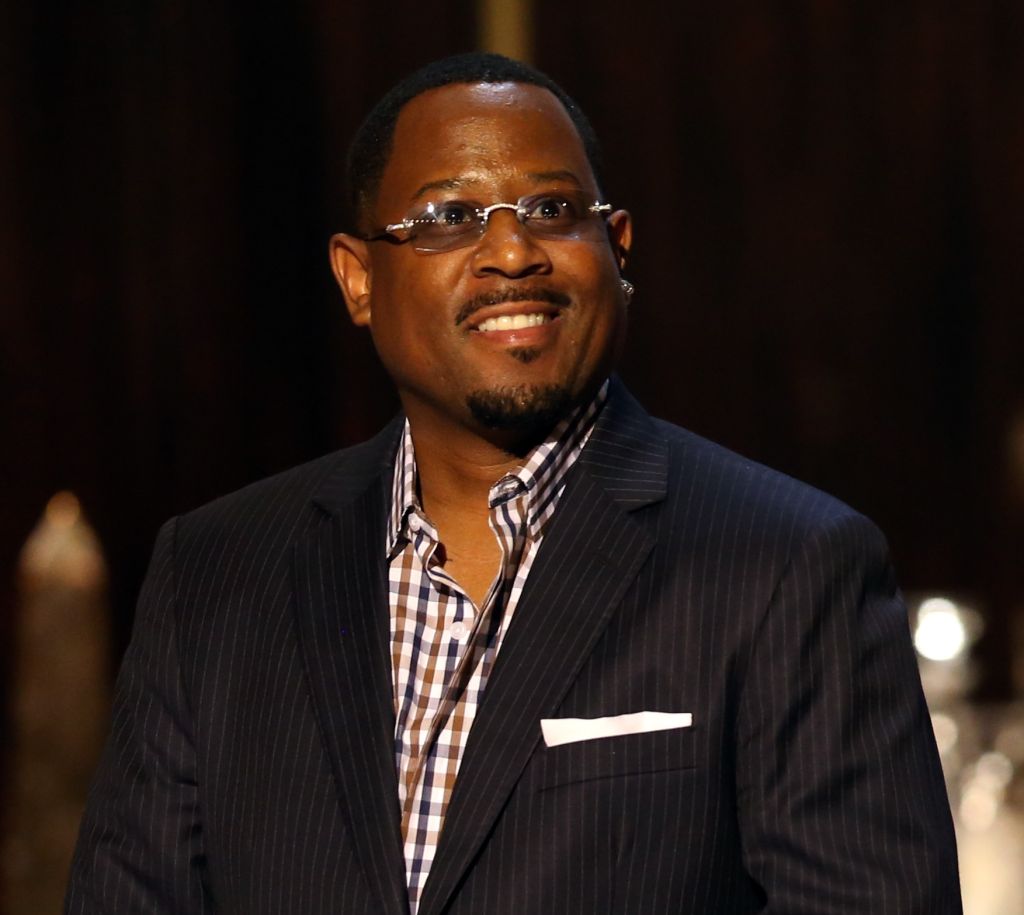‘Martin’ Wasn’t Colorist, ’90s Jokes Were Just Ruthless [Op-Ed]

A reckoning is happening within the Black community. We’re unlearning a lot by calling out the isms, reclaiming our narratives, and rightfully adjusting what we deem acceptable. We now understand that jokes, no matter how hilarious, can still be harmful when they carry the stench of colonialism or internalized bias. But here’s the thing—that’s not the ’90s. At least, not the TV show Martin.
Let’s be clear, colorism is real and adversely affects us to this day. It’s one of the many deplorable leftovers from slavery that continues to plague our community, keeping us divided when unity is what we need most. As a brown-skinned woman, I’ll never pretend to understand the full extent of what my darker-skinned brothers and sisters have endured—especially in the ’90s. But what I do know, as a girl who was considered “big” (because back then, anything over a size 8 was somehow “plus”), is how words can cut. Still, Martin wasn’t that kind of show, and this new revisionist take that paints it as colorist—Nah, that’s not it.
Before we dissect the dynamic between Pam and Martin, let’s take a trip back in time for some context. The ’90s weren’t just raw—they were ruthless. As a middle schooler in ‘92, I vividly remember what that culture felt like. Clinton had just become “our first Black president” (whatever that meant), we were at the precipice of the crack epidemic ushered in by the Reagan Administration, hip-hop was hitting its golden stride, and Black comedy was on fire. Black creatives were finally being handed the mic, and they were brazenly and unapologetically running with it.
Comedy in the ’90s wasn’t about being politically correct; it was quick-witted, unfiltered, and often brutal—but it was also a form of cultural communion. It was the dozens, snapping, roasting—whatever you want to call it, you were getting joked on; but it meant you were in the mix. Nobody was safe and nobody was spared. Your shoes, your mama, your flaws, your forehead, your weave—it was all fair game. It was how we connected. It was how we built our edge and our survival skills while strengthening our kinship.
So when folks today try to critique the back-and-forth between Pam and Martin as “colorist,” I have to push back. Never—not once—was Pam’s skin tone the target of a joke; instead, the dynamic was the ’90s version of “Fred Sanford” and “Aunt Esther.” The infamous “beadie bead” and “buckshots” lines were about hair texture and weave culture, not complexion, because at the time, men clowning women for wearing weaves was as common as the Rough Side of the Mountain Gospel album commercials on BET. Was it rooted in misogyny? Sure. But was it colorism? That’s the reach.
The problem is that we keep trying to review old art through a new lens without context, and that’s a dangerous game. Because if we strip away the nuance of the time, then everything becomes problematic, leading to stagnation and erasure.
Think about it, if we aired All in the Family today, Archie Bunker would be canceled before the second commercial break. But in its original run, it was groundbreaking, forcing Americans to face their bigotry, albeit through satire. The same goes for Martin. It wasn’t just a sitcom. It was the cultural touchpoint for Black life in the ’90s, and contrary to these colorism critiques, it was more affirming than detrimental.
And let’s look at the aesthetics.
Outside of Gina, played by the lovely Tisha Campbell, there weren’t a lot of light-skinned women front and center on the show. And Pam, played by the phenomenal Tichina Arnold, was the baddest on the set. Her hair was always laid, her fashion stayed fly, and her comebacks—lethal. She wasn’t the butt of the joke; she was the joke slinger, and that’s power.
The beauty of the Pam and Martin dynamic is that it showed a fierce, dark-skinned woman holding her own in a male-dominated comedic space, and she wasn’t sidelined. She wasn’t silenced; she was central. Their verbal sparring was less about tearing her down and more about leveling the playing field.
What Martin represented was Blackness in all its complexity. It was loud, funny, raw, and flawed—but it was ours. It gave us love, friendship, the reality of the struggle that comes with leveling up, and laughter—all through the lens of people who looked and sounded like us. It didn’t center trauma; it celebrated our uniqueness through jokes.
So no, when I watch Martin, I don’t see colorism. I see resilience. I see representation. I see a beautiful, dark-skinned woman who stood 10 toes down in a comedic crossfire and came out unfazed and remained fabulous. I see us stomping with the big dogs, just like we were always meant to.
SEE ALSO:
Op-Ed: Was Pam The Target Of Colorism On Martin?
On Colorism, ‘Martin,’ And Life As A Dark-Skinned Black Woman




